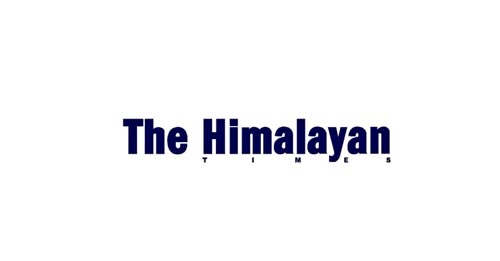EDITORIAL: Cut smoke and dust
The introduction of new technologies in Nepal could save both the ecology and economy while reducing the health hazards
Runaway urbanisation in the Kathmandu Valley has fueled a demand for construction materials, and bricks are the primary building material in the capital as they are in other parts of the country. One has only to take a stroll on the outskirts of the city, and you see dozens of brick kilns belching out thick stacks of smoke into the atmosphere. The pollutants not only impact the air quality and visibility of the surroundings, but also adversely affect the health of the workers and the local population. Brick kiln workers, who are directly exposed to dust and smoke day in, day out, are particularly prone to a host of respiratory illnesses, such as asthma, pneumonia, chronic cough, bronchitis and wheezing. However, a recent research done on 20 brick kilns of Kathmandu, Bhaktapur and Lalitpur shows that majority of the brick kiln workers are unaware about the impact of dust and smoke on their health. Resource Centre for Primary Health Care had conducted the study to learn about the health status of the brick kiln workers and also about the occupational safety at the work place. The serious health risks posed to the brick kiln workers should be of concern to the government as well as the owners, and efforts must be made to reduce their exposure to smoke and dust.
The government has tried to ban the Fixed Bull Trench Kiln that is in vogue as it uses old and inefficient technology, which requires large quantities of coal to fire the bricks. The method is inefficient and poses a big threat to health and the environment as it releases large amounts of particulate matter, black carbon, sulphur dioxide, carbon dioxide and other pollutants into the atmosphere. Asthma and bronchitis apart, long-term exposure to such particles and smoke makes brick kiln workers susceptible to hypertension, cardiac problems and cancer. The brick kiln workers make up mostly migrants, who come to work for just six months, from December to June. The industry is largely unregulated, with the workers having no links to the local government or community organisations. This perhaps explains why the plight of the workers has gone largely unnoticed, except for occasional studies on health and pollution carried out by non-governmental organisations.
The emission of particulate matters and smoke could be drastically cut down by the use of improved technology in brick making. New technologies such as the Vertical Shift Brick Kiln (VSBK), Tunnel Kiln and Hybrid Hoffman Kiln are substantially cleaner than the Fixed Bull Trench Kilns. The brick sector is one of the most energy-intensive industrial sectors in Nepal. In the Fixed Bull Trench Kilns, energy cost is almost 32 per cent of product value whereas in a Vertical Shift Brick Kiln, it is 14 per cent. The introduction of new technologies in Nepal could save both the ecology and economy while reducing the health hazards. In February last year, the Ministry of Population and Environment issued standards for brick kiln emission and chimney height in a bid to limit air pollutants emitted by the brick factories. It is the government’s duty to follow up on them and see to it that the brick kilns abide by the rules so that everyone can enjoy the right to a clean environment.
‘Occupy Tundikhel’
Occupy Tundikhel campaign has entered its fifth week. During the campaign, scores of social activists have been organising various programmes daily to exert pressure on the government to stop the illegal encroachment at Tundikhel. According to historians, before 1950, Tundikhel covered the area from the Dashrath Stadium to the south to Rani Pokhari to the north. At present, its area has shrunk to the Nepal Army’s Pavilion adjoining Khula Manch, which is not open for the public. More than two-thirds of the area is occupied by construction materials meant for different construction projects around the Tundikhel area. The remaining area is used as a bus park, leaving no space for the public.
Tundikhel holds cultural significance and is part of the identity of Kathmandu. Tundikhel is an important community space that needs to be protected. Elsewhere, uncontrolled and unguided urbanisation has taken a toll of fertile lands that are inappropriate for construction. Government and community land has also been encroached and sold. The various guthi ponds in the Valley have been destroyed by the construction of shopping malls. A systematic and strictly enforced land use planning is essential for Nepal.






